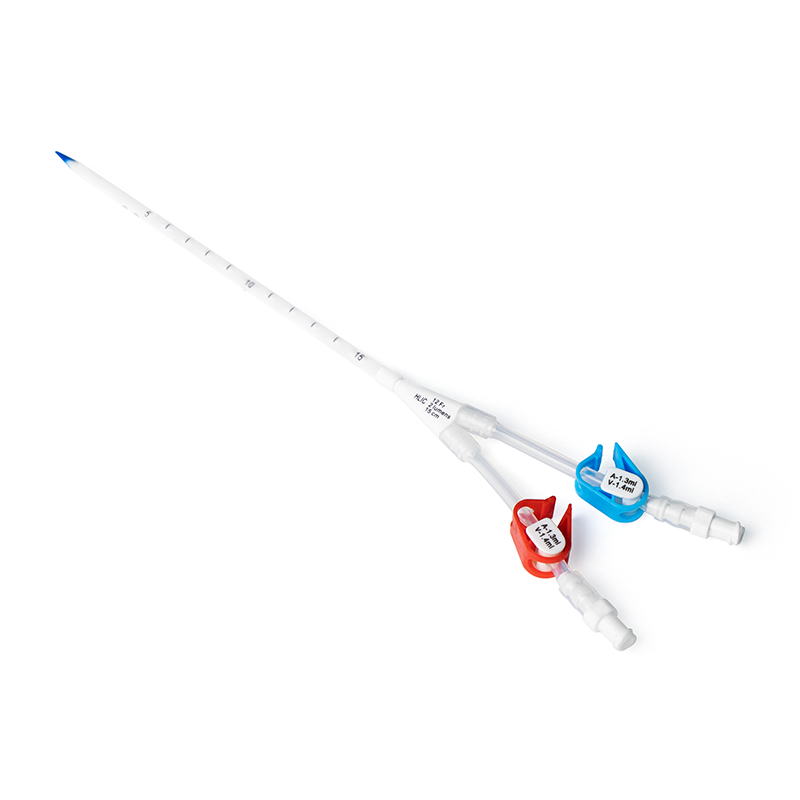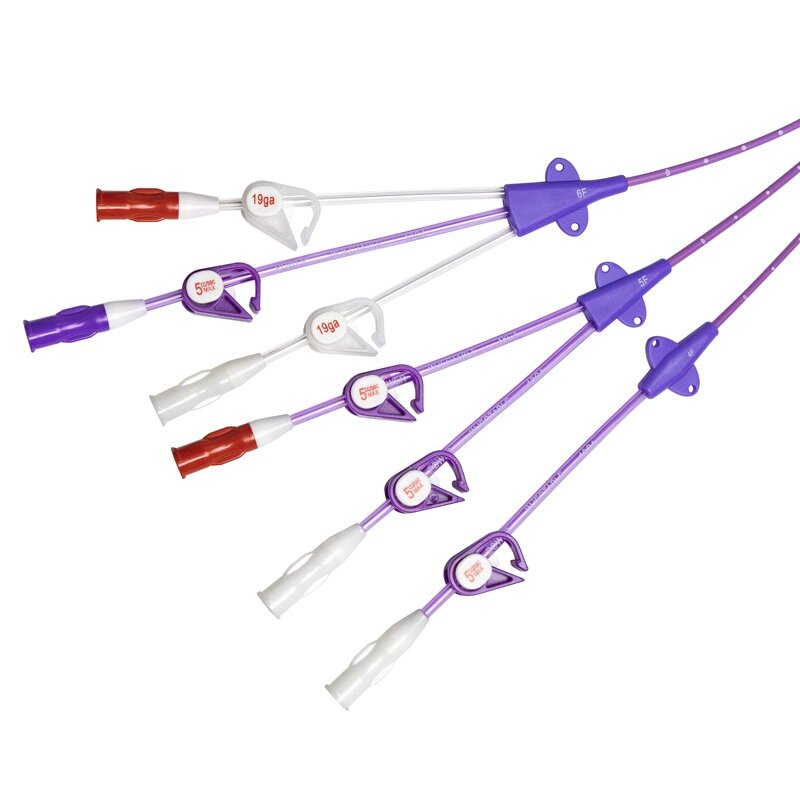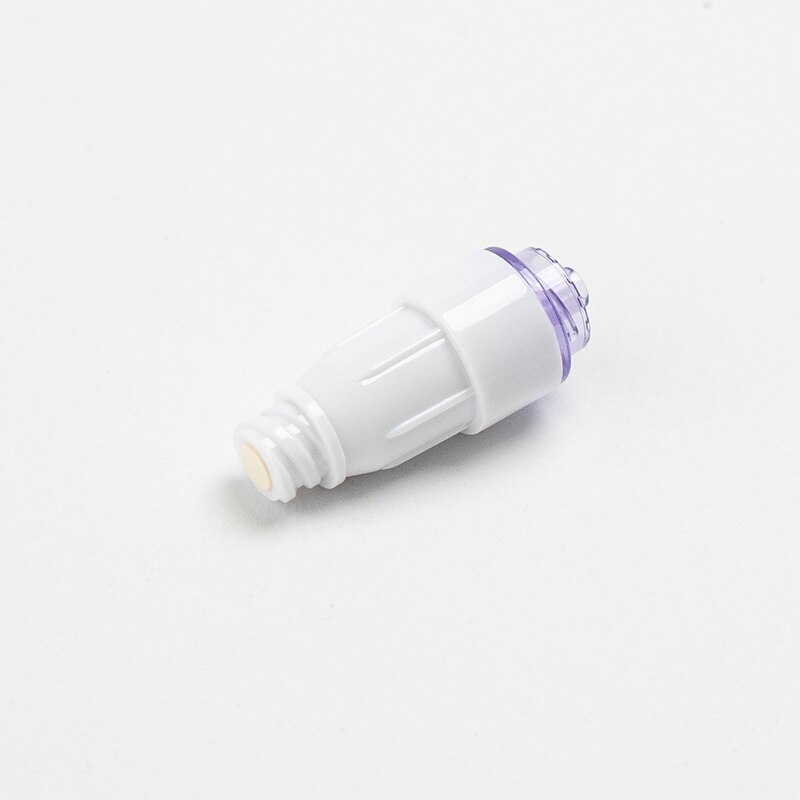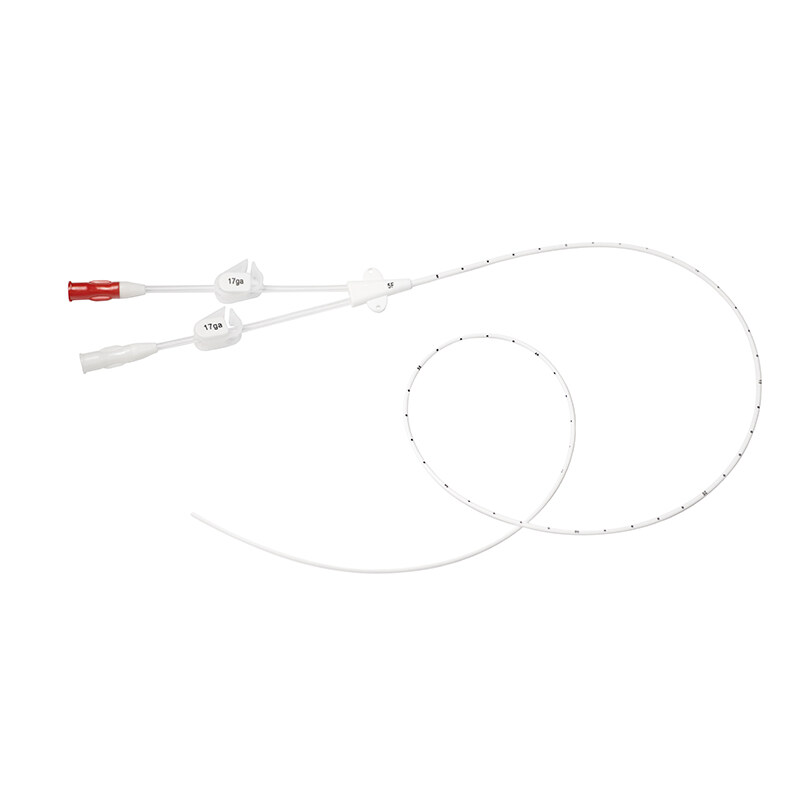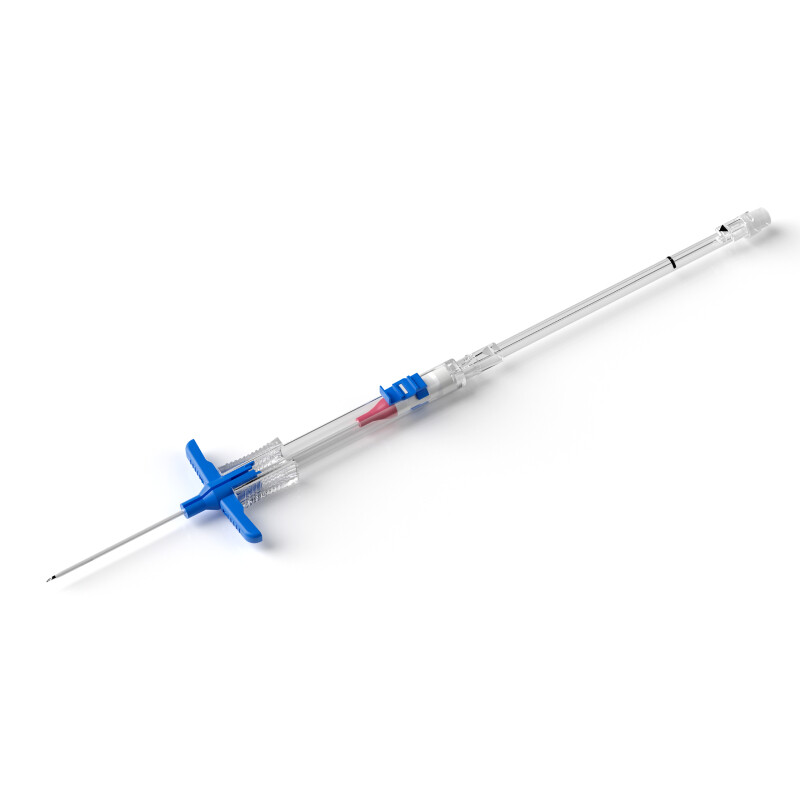Hemodialysis is a medical procedure that filters waste and excess fluids from the blood of patients with kidney failure.
During hemodialysis, blood is removed from the body through hemodialysis catheters, which is a tube that is inserted into a vein or artery.
There are different types of hemodialysis catheters available in the hemodialysis catheters market, each with its own unique features and benefits.
There are two main types of hemodialysis catheters. We will discuss the various types of hemodialysis catheters and their advantages here.
Tunneled Hemodialysis Catheter
Tunneled catheters are long term hemodialysis catheters that are inserted into a vein in the neck or chest and are tunneled under the skin to prevent infection.
They have two cuffs, one on each end, that help keep the catheter in place and prevent movement. These tunneled hemodialysis catheters are threaded through a tunnel created under the skin, with one end of the catheter entering a vein or artery and the other end exiting the skin.
Tunneled hemodialysis catheters are preferred for patients who require long-term hemodialysis as they are more durable than other types of catheters.

Long Term Hemodialysis Catheter
Non-Tunneled Hemodialysis Catheter
Non-tunneled catheters are short-term catheters that are inserted directly into a vein or artery through the skin. Non-tunneled hemodialysis catheters are not tunneled under the skin. These catheters are used in emergency situations or when the patient needs temporary access to hemodialysis.
There are one or two lumens (tubes) of non-tunneled hemodialysis catheters that allow blood to flow to and from the dialysis machine. Non-tunneled hemodialysis catheters(temporary hemodialysis catheters) are generally used for patients who need dialysis for a short period of time, such as those who are hospitalized.
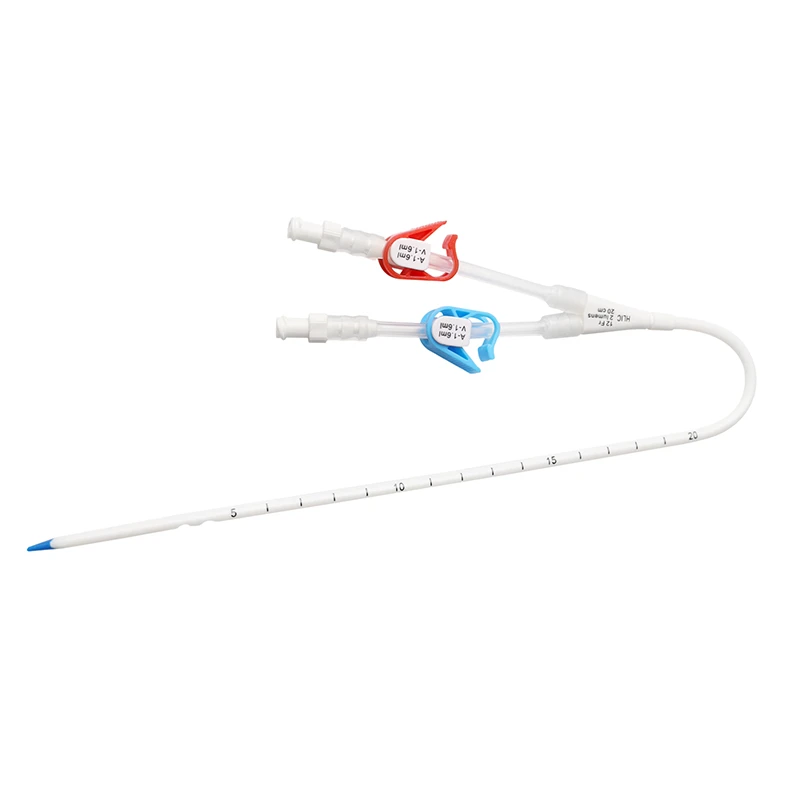
Short-Term Hemodialysis Catheters - Temporary Hemodialysis Catheter Placement
Non-tunneled catheters are further classified into two subtypes:
Double Lumen Hemodialysis Catheters
Double-lumen catheters have two separate tubes within one catheter. One tube is used to remove blood from the patient's body and the other tube is used to return the filtered blood back to the patient. Double-lumen catheters are typically used for short-term hemodialysis access and are considered to be more comfortable for patients than other types of catheters.
Single-Lumen Catheters
However, unlike double-lumen hemodialysis catheters, single-lumen catheters have only one tube within the catheter that is used for both blood removal and return.
Hemodialysis Catheter Placement
The placement of a hemodialysis catheter is a delicate procedure that must be performed by a trained healthcare professional.
Hemodialysis catheter placement can be performed in a hospital or outpatient setting, depending on the patient's individual needs. The cost of catheter placement can vary depending on several factors, including the location of the procedure and the different types of hemodialysis catheters used.
Conclusion
In summary, there are several different types of hemodialysis catheters available, each with its own unique features and benefits.
Hemodialysis catheter manufacturers offer a wide range of catheters, including tunneled and non-tunneled hemodialysis catheters, as well as kits and other supplies needed for catheter insertion. The price of hemodialysis catheter kits can vary depending on the hemodialysis catheter brands and the specific components included in the kit.
It is important to note that while hemodialysis catheters can be life-saving for patients who require dialysis, they can also increase the risk of infection and other complications. Patients who require hemodialysis should work closely with their healthcare team to determine the best type of catheter for their individual needs and take steps to minimize the risk of complications.

